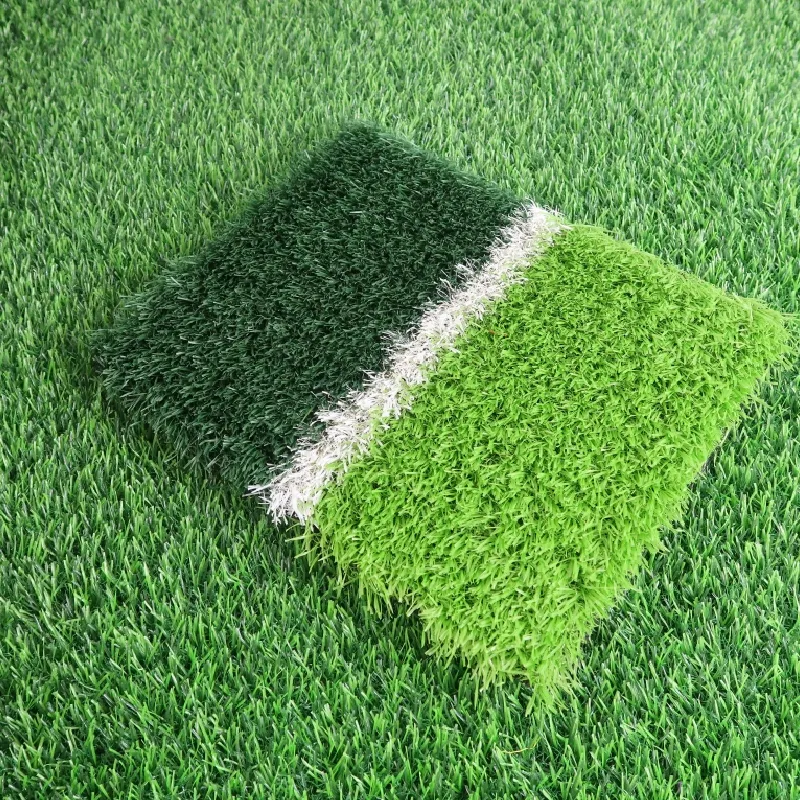
- Afrikaans
- Arabic
- Belarusian
- Bengali
- Czech
- Danish
- Dutch
- English
- Esperanto
- Estonian
- Finnish
- French
- German
- Greek
- Hindi
- Hungarian
- Icelandic
- Indonesian
- irish
- Italian
- Japanese
- kazakh
- Rwandese
- Korean
- Kyrgyz
- Lao
- Latin
- Latvian
- Malay
- Mongolian
- Myanmar
- Norwegian
- Persian
- Polish
- Portuguese
- Romanian
- Russian
- Serbian
- Spanish
- Swedish
- Tagalog
- Tajik
- Thai
- Turkish
- Turkmen
- Ukrainian
- Urdu
- Uighur
- Uzbek
- Vietnamese
grass football field cost
Dec . 07, 2024 14:52 Back to list
The Cost of Grass Football Fields A Comprehensive Overview
When it comes to creating a suitable environment for playing football, the choice of surface is paramount. Grass football fields have been a tradition in many countries, offering a natural playing surface that enhances the aesthetic appeal of the play while providing players with a more forgiving surface compared to artificial alternatives. However, the cost associated with constructing and maintaining grass football fields can vary significantly based on several factors.
Initial Construction Costs
The cost of establishing a grass football field can range from $100,000 to over $1 million, depending on various factors including location, size, and the chosen type of grass. For instance, a standard football field measures approximately 100 yards by 50 yards. The groundwork needed—such as leveling, drainage installation, and soil preparation—can incur substantial costs, particularly in areas that require additional infrastructure to manage water runoff or that have challenging soil types.
Selecting the right type of grass is also a critical element of the cost. Different species have different growth patterns, resilience to foot traffic, and maintenance requirements. Kentucky bluegrass is favored in colder climates for its lush appearance and durability, while Bermuda grass is often preferred in warmer areas for its heat tolerance and tenacity. The choice of grass directly influences both initial costs and long-term maintenance budgets.
Maintenance Costs
Once a grass football field is constructed, the ongoing maintenance can be a significant factor in the overall expenditure. Annual maintenance costs can range from $20,000 to $50,000 per year, which includes mowing, fertilization, aeration, overseeding, pest control, and irrigation. The frequency and intensity of maintenance depend heavily on the usage of the field; fields that host numerous games or events will require more intensive care to ensure optimal playing conditions.
Irrigation is a crucial component of maintenance, particularly in regions that experience dry weather. Installing an efficient irrigation system can add a considerable initial cost, but it pays off in the long term by ensuring the grass remains healthy year-round. Moreover, the choice between a manual or automated system can also affect overall expenditures.
grass football field cost

Environmental Factors
Environmental considerations play a significant role in the cost and maintenance of grass football fields. Regions experiencing extreme weather conditions—whether droughts, heavy rainfall, or cold temperatures—may require additional investments in water management systems, turf conditioning agents, or specialized grass varieties. Soil health is also vital; understanding local soil composition and making necessary amendments can further influence both initial and ongoing costs.
Revenue and Budget Considerations
Recognizing the costs associated with grass football fields is crucial for institutions or organizations planning to construct them. Budgeting for both the initial construction and ongoing maintenance is essential to ensure that the field can serve the community or organization effectively over the years. Schools, colleges, and municipalities often face budget constraints, necessitating careful planning and, potentially, partnerships with local businesses or sponsorship deals to help offset costs.
In addition to direct costs, grass football fields offer potential revenue opportunities through events, tournaments, and concessions during games. Having a well-maintained field can attract higher attendance and allow for a wider range of activities, ultimately improving the return on investment.
Conclusion
In summary, while grass football fields offer numerous benefits, including aesthetic value and player comfort, they also come with a variety of costs that must be diligently considered. From initial construction expenses to monthly maintenance budgets and environmental factors, the financial commitment is substantial. However, with proper planning, understanding of local conditions, and a clear vision for utilization, grass football fields can be a rewarding investment that serves communities and enhances sports culture for years to come. The blend of tradition and care transforms these natural fields into lively venues of athleticism and community spirit, reflecting the passion associated with the sport.
-
The Benefits of Artificial Turf for Indoors
NewsJul.15,2025
-
How Artificial Grass Suppliers Ensure Quality Products
NewsJul.15,2025
-
Artificial Grass and Pets: A Space for Relaxation
NewsJul.08,2025
-
Balcony & Outdoor Decoration with Artificial Grass
NewsJul.08,2025
-
Best Indoor Artificial Grass for Home
NewsJul.07,2025
-
Best Pet Turf for Dogs: Safe & Durable Artificial Grass Options
NewsJul.07,2025
Products categories









